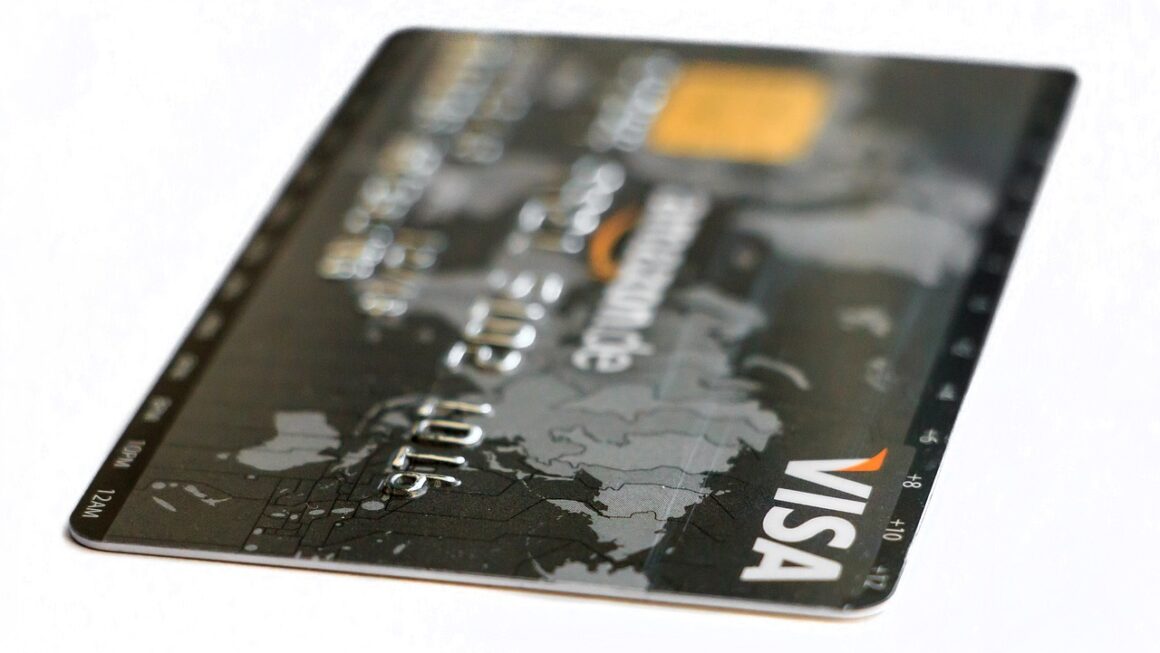Forget tirelessly staring at charts, analyzing market fluctuations, and feeling the emotional rollercoaster of trading. Imagine a tool that can automate the process, executing trades based on pre-set parameters, potentially freeing you up to focus on other things. Enter the world of AI trading bots, sophisticated software programs designed to analyze market data and execute trades automatically. But what exactly are they, how do they work, and are they the key to unlocking effortless profits? Let’s dive in.
Understanding AI Trading Bots
What is an AI Trading Bot?
An AI trading bot is essentially a computer program that uses artificial intelligence (AI) to make trading decisions. These bots are programmed with complex algorithms that allow them to:
- Analyze vast amounts of market data, including price charts, news feeds, and social media sentiment.
- Identify patterns and trends that human traders might miss.
- Execute trades automatically based on pre-defined parameters and strategies.
- Adapt to changing market conditions and learn from past performance.
Unlike traditional trading bots that rely on fixed rules, AI trading bots can learn and improve their performance over time, potentially leading to better trading outcomes.
How Do AI Trading Bots Work?
AI trading bots employ various machine learning techniques to achieve their objectives. These often include:
- Natural Language Processing (NLP): Used to analyze news articles, social media posts, and other textual data to gauge market sentiment. For example, a bot could analyze the tone and content of news articles about a specific stock to predict its future performance.
- Predictive Modeling: Uses historical data to forecast future market movements. This could involve identifying seasonal trends, predicting price fluctuations, or assessing the likelihood of specific market events.
- Reinforcement Learning: Allows the bot to learn from its own experiences and adjust its trading strategies accordingly. By continuously testing different approaches and rewarding successful outcomes, the bot can optimize its performance over time. Imagine a bot experimenting with different stop-loss orders to identify the most effective strategy for minimizing losses.
Key Components of an AI Trading Bot
Most AI trading bots share some key components:
- Data Feed: This provides the bot with real-time market data, including prices, volumes, and other relevant information.
- Analytical Engine: This is the “brain” of the bot, responsible for analyzing the data and generating trading signals.
- Risk Management Module: This component helps to manage risk by setting stop-loss orders, take-profit levels, and other risk control parameters.
- Execution Module: This module executes trades automatically based on the signals generated by the analytical engine.
Benefits of Using AI Trading Bots
Automation and Efficiency
One of the biggest advantages of AI trading bots is their ability to automate the trading process.
- 24/7 Trading: Bots can trade around the clock, even when you are asleep or busy with other activities. This allows you to take advantage of market opportunities that you might otherwise miss.
- Increased Efficiency: Bots can execute trades much faster than humans, which can be crucial in fast-moving markets.
- Backtesting: Reputable bots allow you to backtest their strategies on historical data to assess their potential performance.
Eliminating Emotional Trading
Emotions can often cloud judgment and lead to poor trading decisions. AI trading bots are immune to these emotions.
- Objective Decision-Making: Bots make decisions based purely on data and algorithms, removing the influence of fear, greed, and other emotions.
- Consistent Execution: Bots execute trades consistently according to pre-defined strategies, preventing impulsive decisions.
Accessing and Analyzing Data
AI trading bots excel at processing large amounts of data.
- Comprehensive Data Analysis: Bots can analyze vast amounts of market data, including price charts, news feeds, and social media sentiment.
- Pattern Recognition: Bots can identify patterns and trends that human traders might miss, potentially leading to more profitable trades.
- Example: An AI bot could analyze social media sentiment surrounding a particular cryptocurrency to predict its short-term price movements. A surge in positive sentiment might trigger a buy order, while a wave of negative sentiment might trigger a sell order.
Risks and Limitations
Technical Challenges
While AI trading bots offer many benefits, they also come with some risks and limitations.
- Complexity: Setting up and configuring AI trading bots can be complex, requiring a certain level of technical expertise.
- Technical Glitches: Bots can be susceptible to technical glitches, which can lead to unexpected losses.
- Example: A bug in the bot’s code could cause it to execute trades incorrectly, resulting in significant financial losses.
Market Volatility
AI trading bots are not immune to market volatility.
- Unexpected Events: Unexpected market events can disrupt the bot’s algorithms and lead to losses.
- Market Manipulation: Bots can be vulnerable to market manipulation, such as pump-and-dump schemes.
- Black Swan Events: AI models might fail to predict and react appropriately to extreme or unprecedented events, known as “black swan” events, leading to substantial losses.
Over-Optimization and Overfitting
There’s a risk of “overfitting” the bot to past data, resulting in poor performance in the future.
- Backtesting Limitations: Past performance is not necessarily indicative of future results.
- Adaptability: Bots may struggle to adapt to changing market conditions if they are over-optimized for a specific set of historical data.
- Practical Tip: It’s crucial to regularly monitor and adjust the bot’s parameters to ensure it remains effective in different market environments.
Choosing the Right AI Trading Bot
Research and Due Diligence
Choosing the right AI trading bot is crucial for success.
- Reputation: Look for bots with a proven track record and positive reviews.
- Transparency: Choose bots that are transparent about their algorithms and trading strategies.
- Security: Ensure that the bot provider has robust security measures in place to protect your data and funds.
Features and Functionality
Consider the features and functionality offered by different bots.
- Customization: Can you customize the bot’s parameters to suit your individual trading style and risk tolerance?
- Backtesting: Does the bot offer backtesting capabilities so you can evaluate its potential performance on historical data?
- Support: Does the bot provider offer adequate customer support?
Cost and Fees
Evaluate the cost and fees associated with using the bot.
- Subscription Fees: Some bots charge a monthly or annual subscription fee.
- Commission Fees: Other bots charge a commission on each trade executed.
- Hidden Costs: Be aware of any hidden costs, such as data fees or withdrawal fees.
Getting Started with AI Trading Bots
Start Small and Test
Don’t invest a large sum of money until you have thoroughly tested the bot.
- Demo Accounts: Use a demo account to test the bot’s performance in a simulated trading environment.
- Small Capital: Start with a small amount of capital and gradually increase your investment as you gain confidence.
- Example: Begin by trading with virtual funds on a demo account. Once comfortable, transition to live trading with a small amount, such as $100, and gradually increase the amount as the bot proves its effectiveness.
Monitor and Adjust
Regularly monitor the bot’s performance and adjust its parameters as needed.
- Key Metrics: Track key metrics, such as win rate, profit factor, and drawdown.
- Market Conditions: Adjust the bot’s parameters to adapt to changing market conditions.
- Stay Informed: Keep abreast of market news and developments that could impact the bot’s performance.
Risk Management
Always use appropriate risk management techniques.
- Stop-Loss Orders: Set stop-loss orders to limit your potential losses.
- Take-Profit Levels: Set take-profit levels to lock in profits.
- Diversification: Don’t put all your eggs in one basket. Diversify your investments across different assets and strategies.
Conclusion
AI trading bots present a fascinating and potentially lucrative approach to navigating the complexities of the financial markets. However, they are not a “get rich quick” scheme. Careful research, diligent testing, and a strong understanding of risk management are essential for success. While AI trading bots can automate tasks, eliminate emotional decision-making, and analyze vast amounts of data, they are not foolproof and require ongoing monitoring and adjustments. By carefully considering the benefits and limitations, and by following best practices, you can harness the power of AI to potentially enhance your trading strategies and achieve your financial goals.




